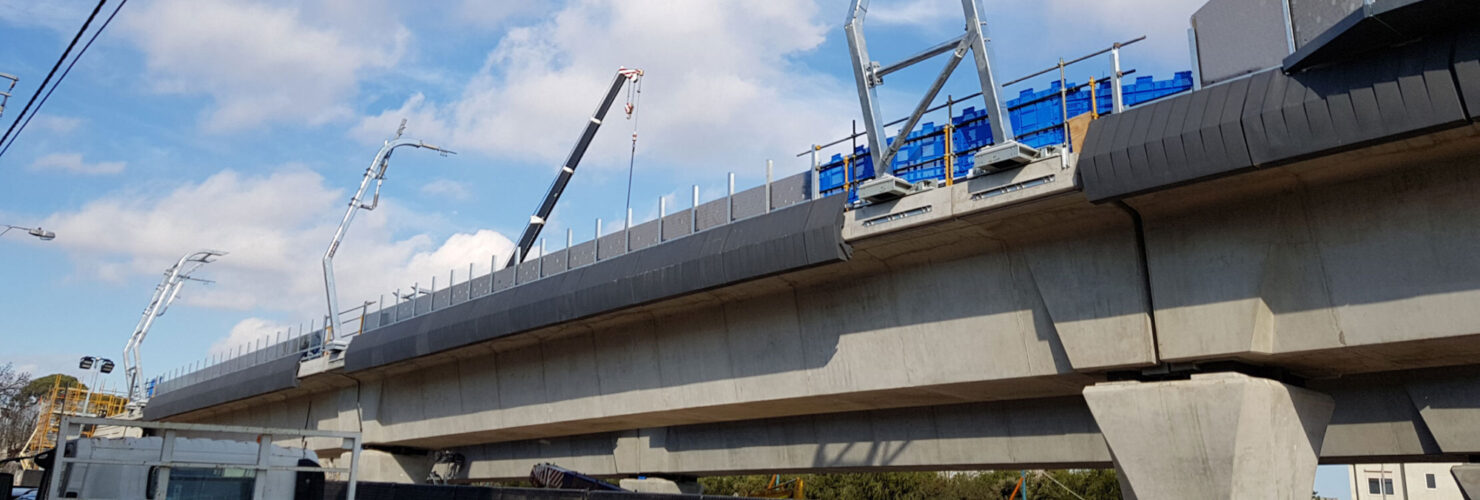Wednesday, September 21, 2022
Safety Message: Deviating from procedures and standards
ONRSR is highlighting the dangers of straying from documented processes when designing and maintaining operations and infrastructure.

Through its regulatory activities around Australia, ONRSR has documented a concerning tendency for operators to deviate from certain standards or procedures as part of a design, or from systems and procedures for maintenance. Often the deviation is not undertaken in accordance with the systems or procedures that form part of the operator’s safety management system (SMS), or is underpinned by a poor process.
For example, an operator may be able to meet most parts of an applicable standard but due to cost or other pressures, is unable to meet certain clauses of the standard.
In these scenarios, there is a potential harm that could arise if this scenario is not managed appropriately. For example, if an operator has knowingly bypassed rolling stock safety controls on locomotives for driver training purposes and these locomotives are then permitted to operate on the mainline with other train services, the bypassing of these specific safety controls could result in incidents such as derailments or train to train collisions.
Similarly, if an operator deviates from procedures or standards in relation to a track fault and no additional controls or monitoring is put in place to manage this risk, it could result in a derailment. Further, if this deviation from procedures or standards is not recorded in the defects management system or in the asset register, the additional controls or monitoring put in place may not be adequately maintained.
Operators must consider a range of factors, including the likelihood of the hazard and the degree of harm to determine what controls are reasonably practicable to implement (see the ONRSR Guideline – Meaning of duty to ensure safety so far as is reasonably practicable SFAIRP for more information).
The following includes, but is not limited to, what good practice can look like:
- Documents demonstrating the operator is aware of the standard or procedure that has been deviated from and the extent of their deviation.
- Authorisations, governance and sign-offs are appropriate and from a suitably qualified and competent person at an appropriate level up the chain for the deviation from the standard or procedure.
- Systems and procedures clearly showing / governing the steps and actions during the deviation period such as consultation / reference to suppliers.
- Monitoring of the asset during the deviation period.
- Risk assessment must be part of the process and should include engineering review and analysis and comparison to manufacturer’s requirements.
- Training for staff on the interim period especially if procedures or processes have changed as a consequence.
- Timelines are clear on how long the deviation will be in place.
- Quality of documentation matches the risk that is involved.
By having greater awareness of the risks associated with deviating from standards and procedures, operators’ railway operations may benefit in the following ways:
- Possess clear evidence of why there has been a deviation from process or procedure should it be scrutinised in the future.
- Reduced risk that the deviation could result in an incident or accident because it has been well managed
- Avoidance of costly re-examination, analysis or assessment because the operator’s understanding of the deviation is well known and characterised.
As a result of this safety message, operators may benefit from reviewing their SMS. The following list includes, but is not limited to, those systems and procedures likely to be most relevant for review:
- Technical Maintenance Plans
- Management of change process
- Monitoring processes and procedures
- Training processes
- Corrective action systems and procedures
This information is provided as guidance only and may not be applicable to all rail transport operators.